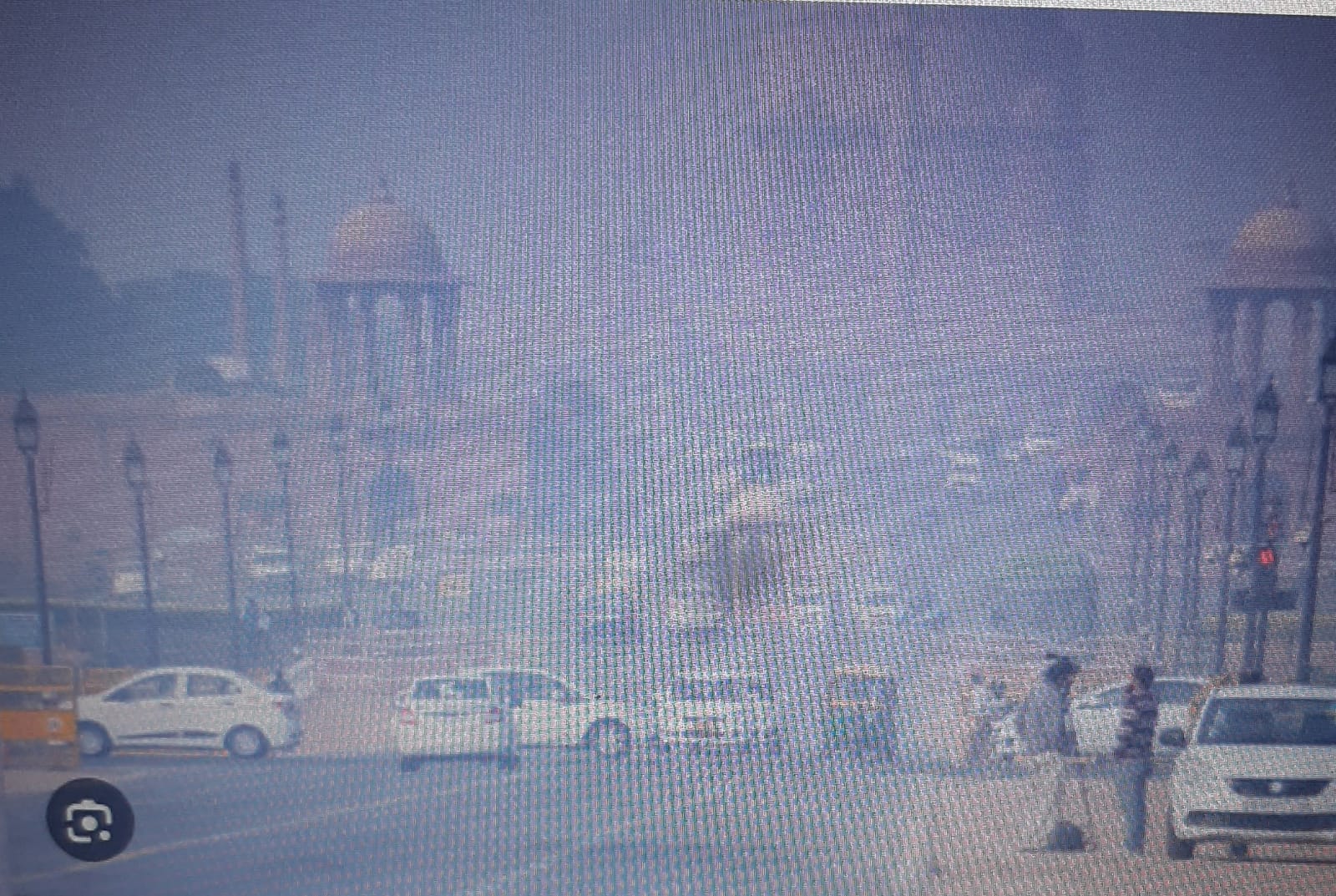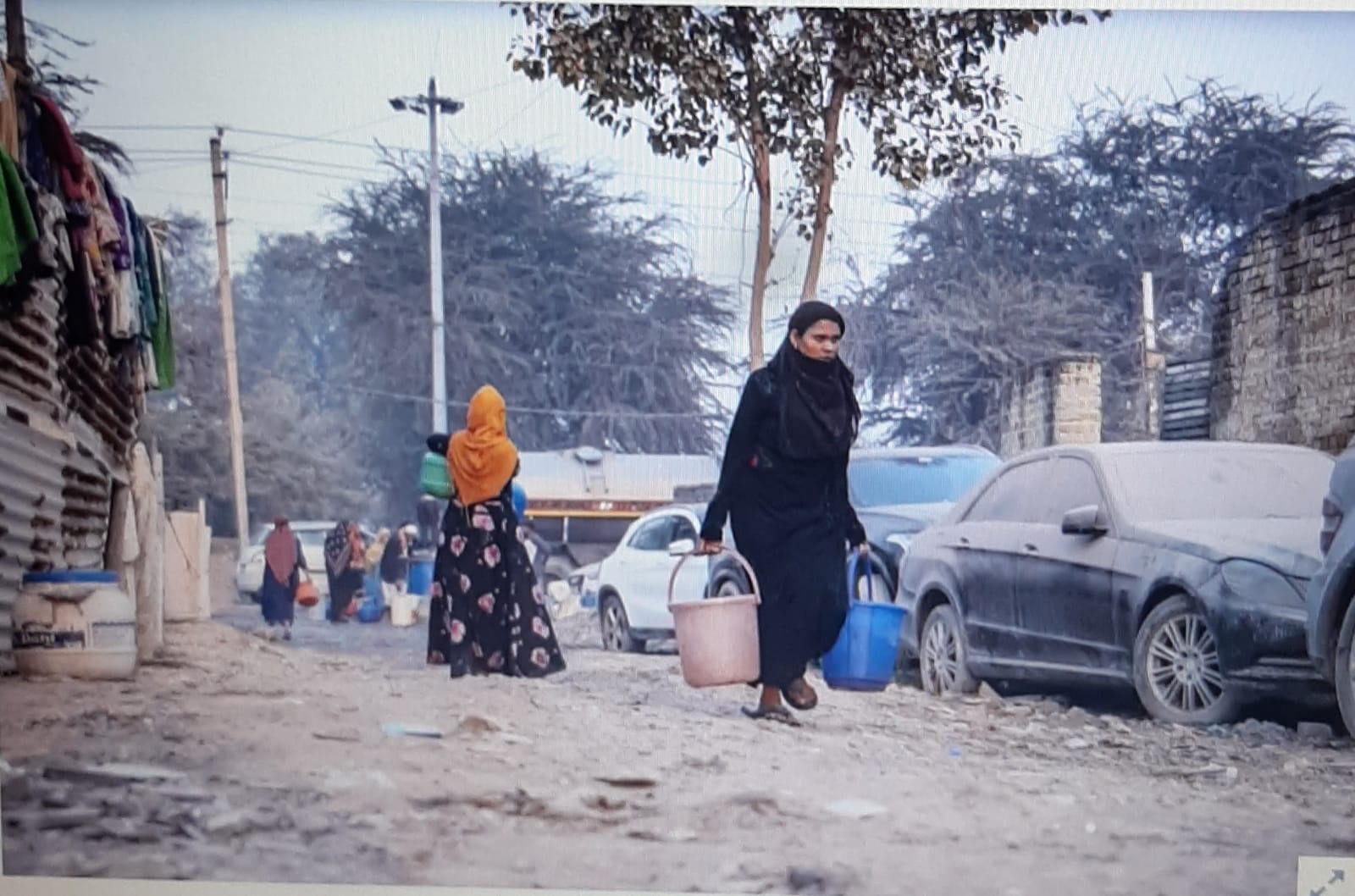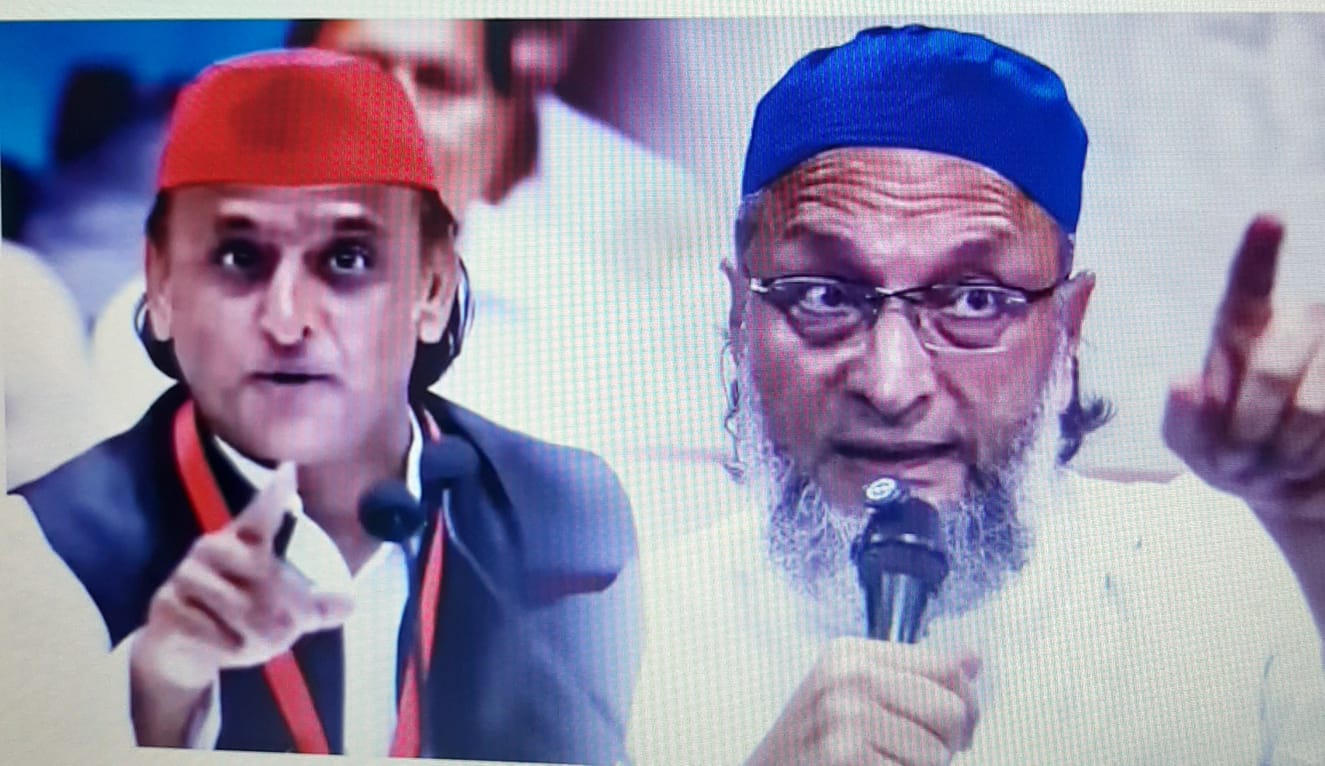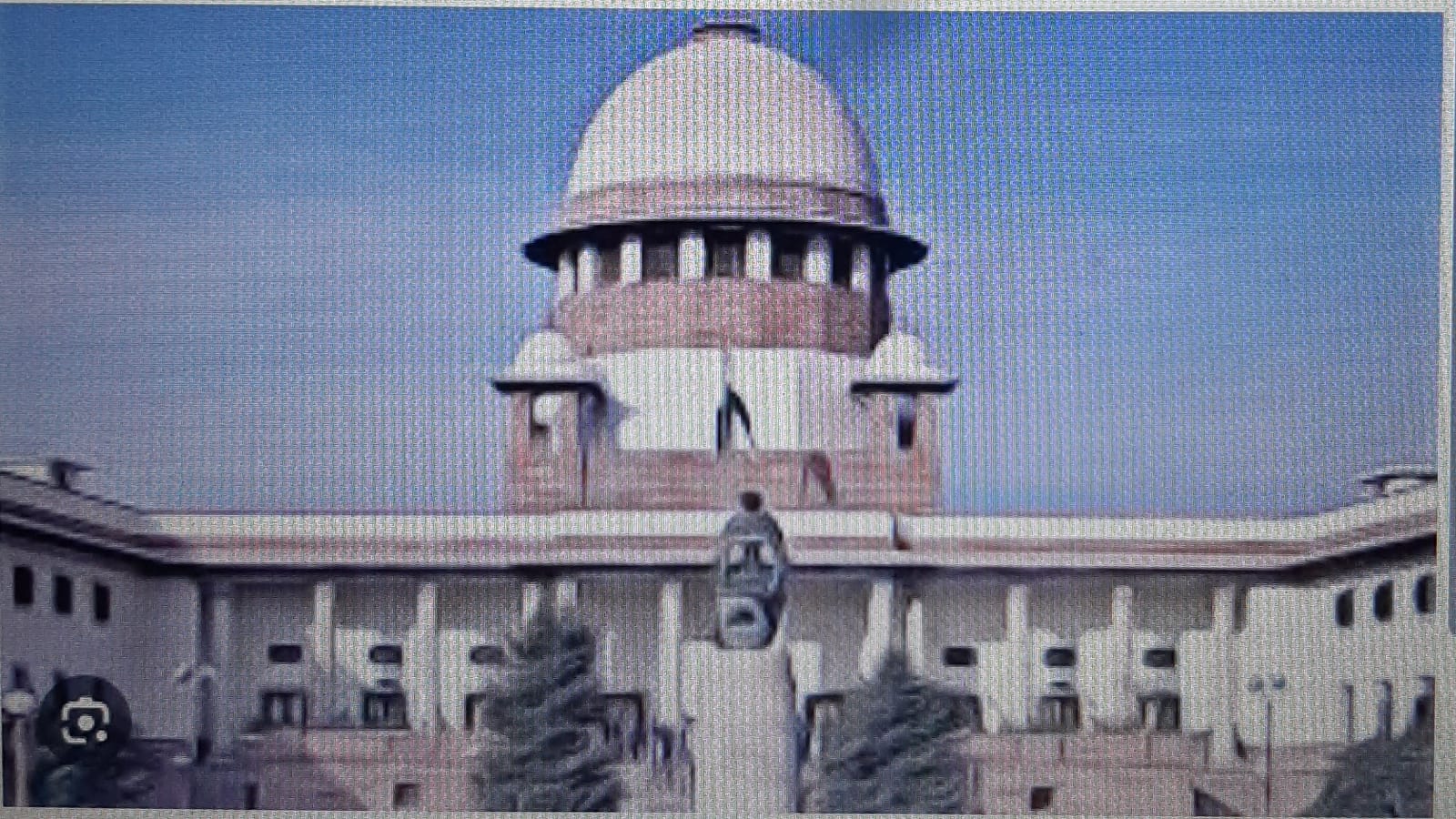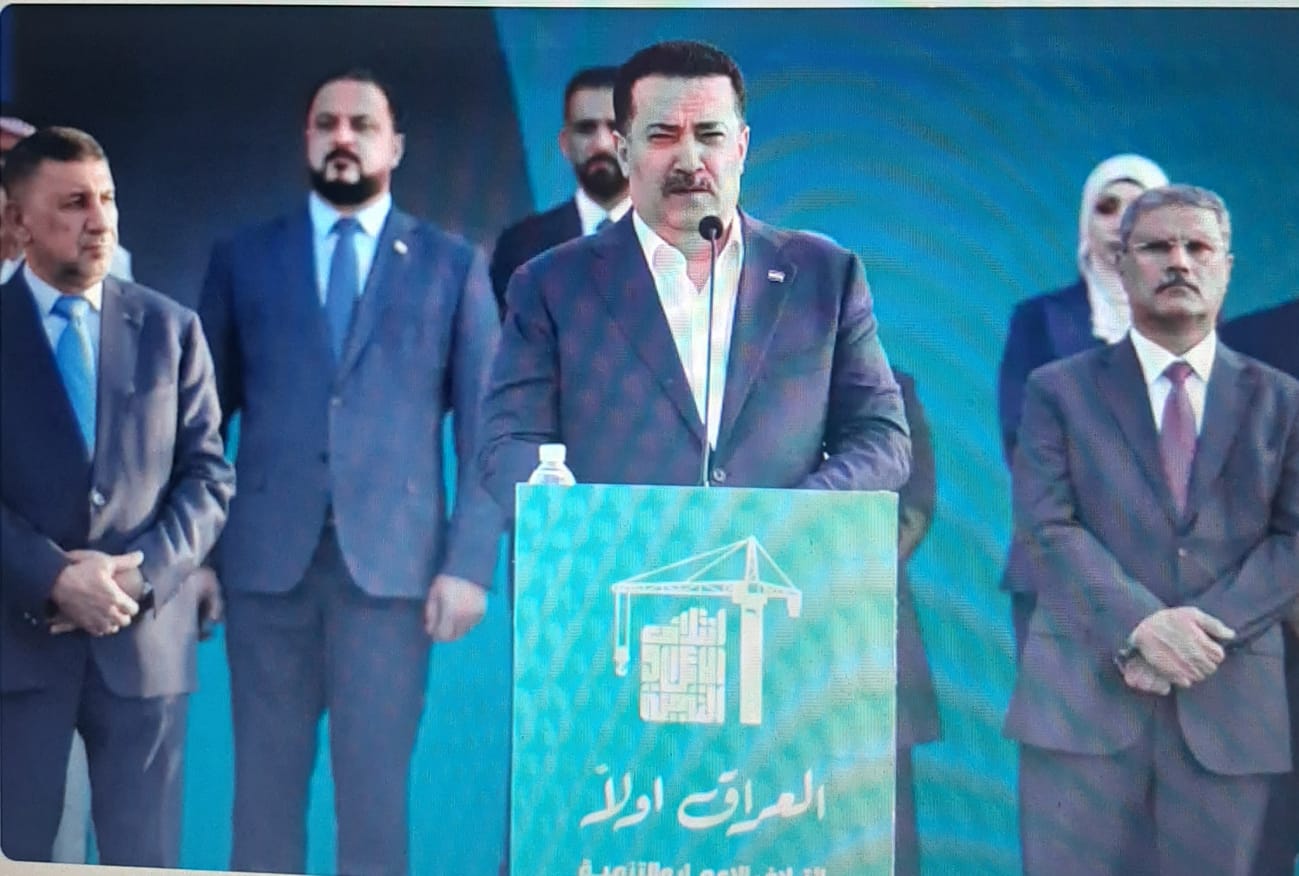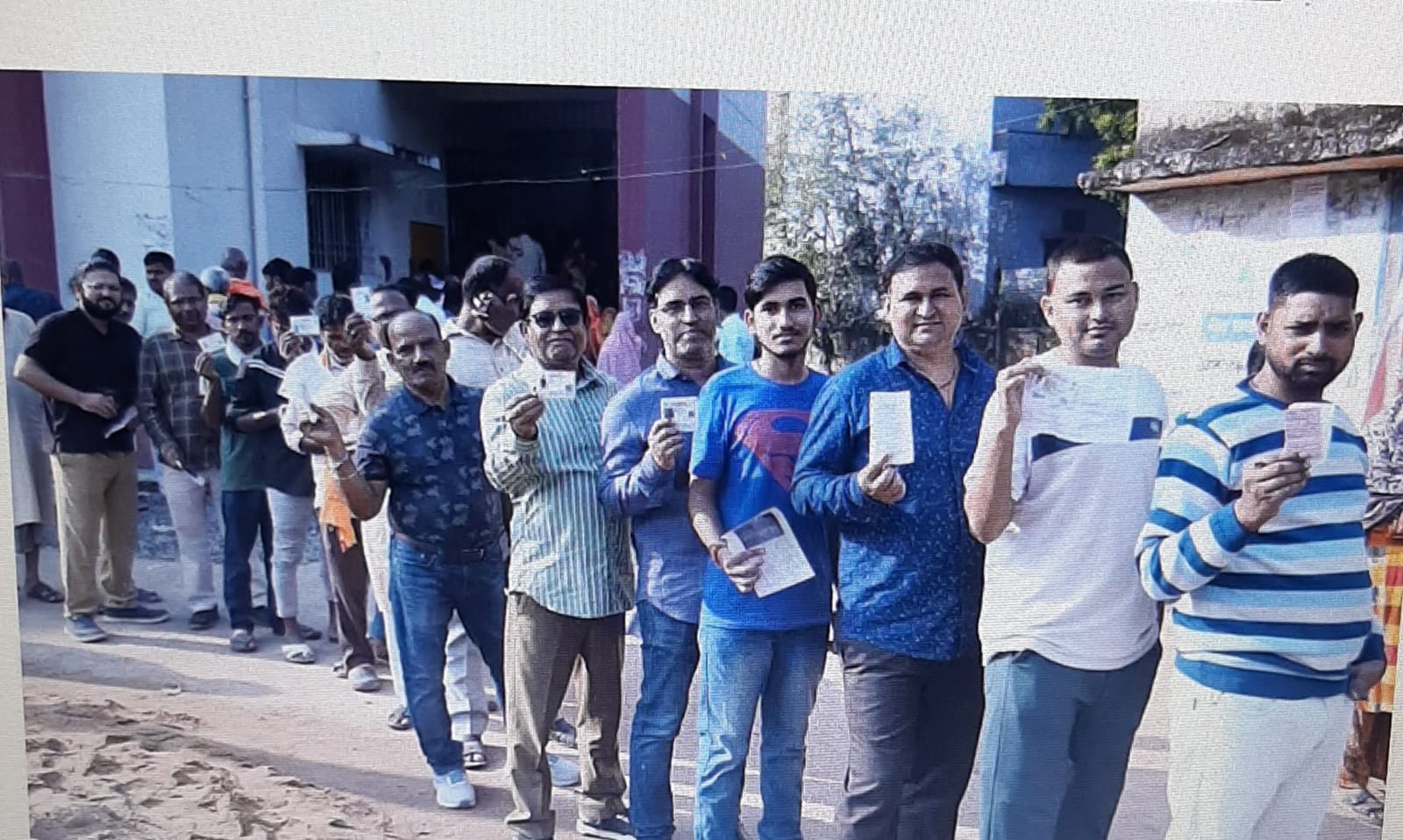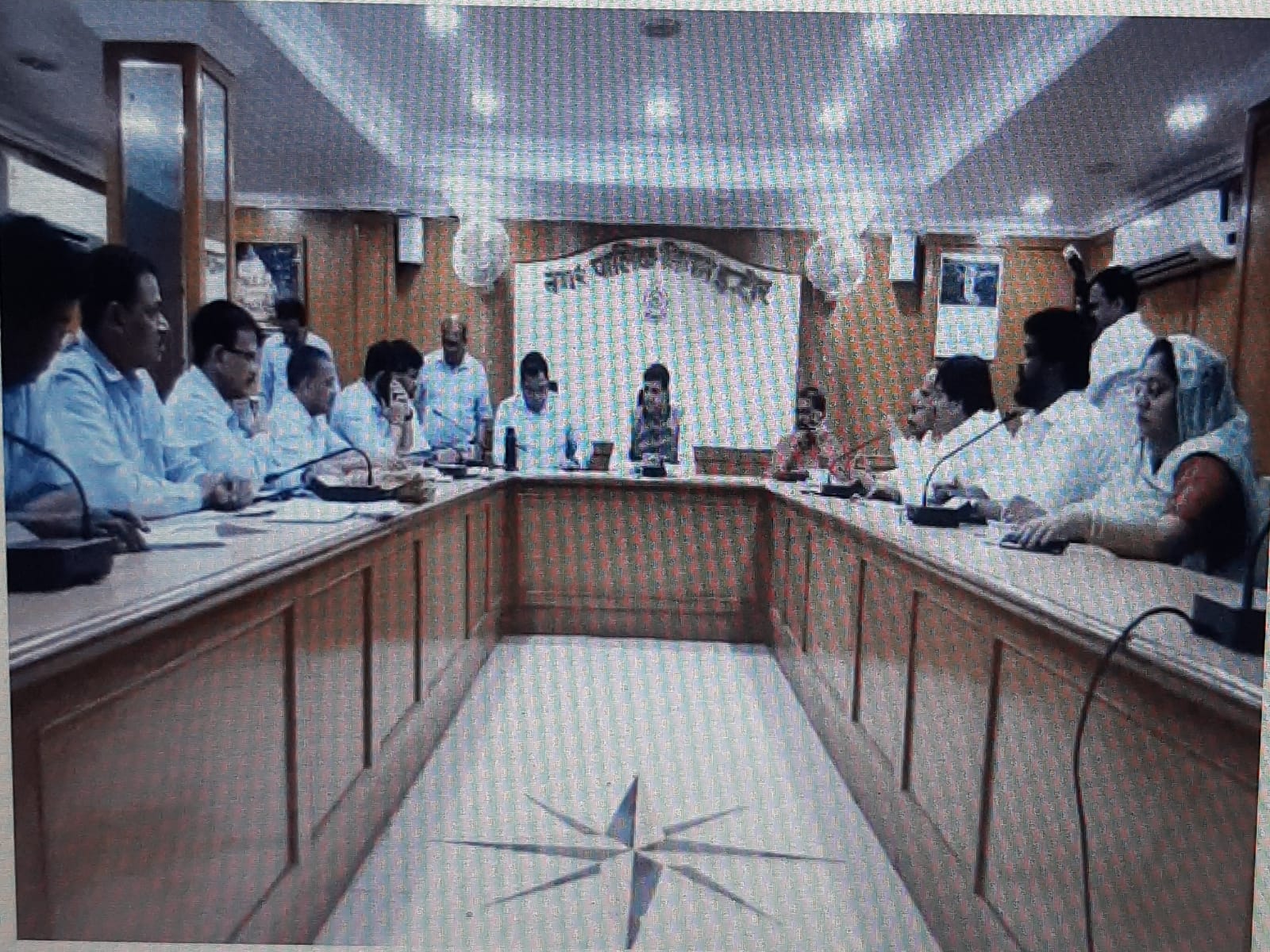
There is no alternative to viewing the local government as the first tier of government if citizen-centric governance is to be provided. The state and union government would be the second and third tier of government. The next generation of economic and administrative reforms are necessary at the level of local governments if India is to grow and prosper, writes former IAS officer Sunil Kumar
It has been over three decades since the 73rd and 74th Constitution Amendment Acts (CAA) came into force and ushered in the rural and urban local governments as the third tier of government. Union and State Governments were very much a part of the original constitutional schema. However, local governments had to wait for forty-six years before Government could implement the directives contained in Article 40 of the Indian Constitution. Viewed from the citizen’s perspective, this was a wait too long.
Democracy and federalism have long been recognized as part of the basic structure of the Indian Constitution. Seen from this lens, it is the over 3.3 million elected representatives of rural and urban local governments which provide a new meaning to representative democracy in a country of 146 crore people especially when contrasted with just about 5000 MLAs and MPs who represent the people in State Legislative Assemblies and Parliament. It is this large body of elected representatives which strengthen India’s claim to be the largest democracy in the world.
Often, the words used to describe our elected representatives in Indian languages convey the true meaning from the citizen’s point of view. Maharashtra has an impressive tradition of relatively strong rural and urban local governments. In Marathi, a Councillor is called the ‘Nagar sewak’, the MLA ‘Aamdaar’, the MLC ‘Khaasdaar’ and the Member of Parliament simply as MP. In Hindi speaking States, the Councillor is called ‘Sabhasad’ (one who sits in a council), the MLA is known as ‘Vidhayak’ (one who frames the law) and MP simply as ‘Sansad Sadasya’.
The Marathi names for elected representatives perhaps best reflect their relationship with citizens. The Councillor is the closest to the people. So he is called ‘Nagar sewak’. The MLA is also elected directly by the people. So he is called ‘Aamdar’. A member of Legislative Council is elected by a few (MLAs/ Graduates/Teachers etc.), so he is called ‘Khaasdar’. A MP is too far removed, so he is simply known as MP or member of Parliament. Despite the Prime Minister describing himself as ‘pradhan sewak’, the trappings of power and security cordon around him ensure his distance from the citizens.
A Councillor is one who always stays in his/her constituency, in the midst of his/her voters and is most accessible. S/he does not reside in the State or Union capital. Most MLAs and MPs, once elected, are represented by their representatives who run their offices in the constituency and they themselves visit the constituency occasionally for a day or two.
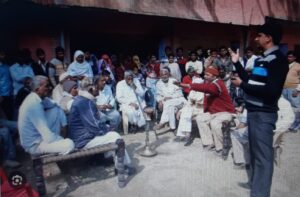
The list of constituency services would reveal list of functions which fall largely under the domain of local government. The MPLADS and MLALADS, which are broadly discretionary funds at the disposal of the MPs and MLAs, meant for taking up small, local works in their constituency were introduced virtually at the same time by the Union and State governments in the 1990s when coalition governments were the norm and attempts were being made to implement the 73rd and 74th CAA. In 1999, MLALADS was first introduced in Uttar Pradesh and Shri Kalyan Singh was leading the coalition government then. He reportedly said to the Principal Secretary, Finance department that if no provision is made for MLALADS in the State budget, then his government would fall. So despite the precarious financial position of the State, this scheme was introduced. Soon other States followed.
These schemes have tilted the scales in favour of MPs and MLAs as the Councillor never has access to resources at that scale which s/he could use to meet the demands of her/his constituents. In fact, if at all there is need for such a scheme, then perhaps it is in the constituencies of urban and rural local government elected representatives than the MPs and MLAs. Incidentally, Bihar has put in place for Gram Panchayats a system wherein funds are allotted ‘ward-wise’ and are equally spent in all wards.
Various studies reveal that almost 85 percent of the own source revenue garnered by the Delhi Municipal Council is spent on meeting the expenditure on salary and allowances of employees and there is hardly any money left for undertaking capital works in the area. Situation is similar, if not worse, in other urban local governments barring a few exceptions like Mumbai which is revenue surplus.
From the average citizen’s perspective, access to MLAs and MPs and chances of getting their work done through their intervention are next to nil. Their absence from the constituency coupled with the ineffectiveness of their constituency representatives often result in ‘anti-incumbency’ trend. For most voters, the MPs and MLAs become visible only during the ‘election season’ when ‘dance and drama of democracy’ is at it’s peak! We then have visuals of candidates bowing, bending, rubbing shoulders and even touching the feet of ‘janta janardan’ whom they had conveniently forgotten for the last five years. Political parties have now found another method to navigate the ‘anti-incumbency’ sentiments by giving party tickets to new candidates in every election. In a situation where accountability of elected representatives, especially MLAs and MPs, to their constituents is almost zero, the voters also engage in a transactional exercise where votes are virtually bought and sold.
Thus, we seem to be working at cross purposes and, perhaps unknowingly, weakening the constitutional structure that have been put in place following the 73rd and 74th CAA. These include interalia the introduction of schemes like MPLADS and MLALADS by the Union and State governments, half hearted measures undertaken in most States to map activities and then transfer funds, functions and functionaries to local governments, introducing ‘unconstitutional’ features like ‘rule of administrators’ in statutes relating to local governments, delaying holding of elections, delay in implementation or non-implementation of the recommendations of the State Finance Commissions and shifting focus from issues of governance to implementation of big-ticket projects in urban areas. The Smart City project launched with great fanfare about a decade ago (and given a quiet burial after spending nearly Rs.48,000 crore in a hundred cities and with nothing much to show) was being executed through Special Purpose Vehicles (SPVs) in each city and had nothing to do with the local government at any stage.
Keeping in view the fact that India is rapidly urbanising and at least 40 percent of the population is likely to be residing in urban areas by 2030 (and over 50 percent by 2047), it is high time serious thought is given to governance issues and steps taken to improve governance in the local governments – both in rural and urban areas.
In my view, the following steps need to be taken if local governments are to epitomise good governance from the citizen’s perspective. These include addressing certain design flaws, building institutions for making local governments more accountable to citizens and enhancing their effectivenss and efficiency in basic service delivery.
One, there is urgent need to introduce an institutional mechanism like the Delimitation Commission for Local Governments. Necessary amendment would be required in Article 82 of the Constitution. These would need to be set up immediately after the results of Census operations are released and should be headed by a retired Supreme Court or High Court judge. It should be tasked with traditional functions like revision of the boundaries of existing constituencies of all tiers of local governments (rural and urban) and ensure rotation of seats as per extant reservation policy of the State government. It should also be entrusted the task of ensuring that the rural and urban local governments are administratively and financially viable units and transition from rural to urban local governments is based upon certain well-laid down objective criteria.
Keeping in view the tremedous strides taken especially in improvement of road and telecommunication infrastructure in rural areas, which have shrunk physical distance and brought people closer, the average size of Gram Panchayats could be fixed between ten thousand to twenty five thousand in the plains and anything between one thousand to ten thousand in hilly and difficult areas where transport and communication infrastructure is not so well developed. This would make the rural local governments administratively and financially viable.
As for urban local governments, Nagar Panchayats or Town Areas could be those with population between twenty five thousand to one lakh; Municipalities would have population between one lakh to ten lakh and Municipal Corporations above ten lakh. This would ensure administrative and financial viability of local governments. The maximum population of even a Municipal Corporation could be capped at say 30 to 50 lakh so that they do not lose their citizen-centric focus.
Two, to provide appropriate transfer of functions and functionaries to local governments, it may perhaps be appropriate to insert a Local Government list and Concurrent list between State and Local government in the Seventh Schedule of the Constitution. While power to legislate may remain with the State legislature, rule making powers may be extended to the local governments. This would render 11th and 12th schedule of the Constitution redundant.
Three, it is time to provide for setting up of a Consolidated Fund of Local Government in the constitution. This would entail amendment in Article 266. All funds from the Union and State government, including devolution of funds based on recommendation of the Union and State Finance Commissions, would directly flow into this Fund. States would also need to transfer appropriate share of the State budget to local governments as is the case in state of Kerala. Since all local governments, urban and rural, have a unique LGD code, there should not be any difficulty in maintaining proper accounts for every local government by the Reserve Bank of India.
Four, time is now ripe for evolving political consensus around the proposal to provide one-sixth share in both CGST and SGST to local governments. This would remove the uncertainty in flow of funds to local governments and enable them to plan and execute their schemes in a better way.
Five, with increased flow of funds, steps should be taken to enhance and strengthen accountability mechanisms. Improved and timely audit of funds of local government by trained auditors of Local Fund department, with quality control ensured by the Accountant General (AG) of the State, should be made mandatory. There is a case for setting up an institution like the Public Accounts Committee at the District level within District Panchayat to undertake in-depth examination of serious objections reported by the Audit. Senior officers of the AG and Finance Department should assist this committee. A senior officer of the Local Fund Audit department should act as member-secretary of this committee. This would go a long way in ensuring accountability of local government and departmental officials to the elected representatives.
Six, the Budget Manual, Accounts Manual and Audit Manual for all tiers of local government must be prepared in all States and notified with the approval of the State Accountant General. This would streamline financial administration in the local governments.
Seven, it would be appropriate if the rural and urban distinction is removed and both Block Panchayat and District Panchayat have elected members from constituencies covering the urban and rural areas in the Block and District respectively. This step would infuse new life into the presently moribund institutions. It would also be in line with the recommendations made by the Second Administrative Reforms Commission.
Eight, the institution of District Collector would need to be brought under the ambit and control of District Panchayat. The institution of District Collector (a colonial legacy) in it’s present form ends up weakening both rural and urban local governments.
Nine, all States must proceed forthwith to set up a dedicated cadre of local government. The selection would be by the State Public Service Commission and the Governor would remain their appointing authority. Gazetted officers would need to be appointed as executive officers in all local governments. Officers of the local government cadre would be able to work in both urban and rural local governments and also go on deputation to state and union government. All India Service and State Service officers would also be able to go on deputation to local governments. While on deputation, they would work under the administrative control of local government.
Ten, a manual containing rules and procedures for conducting meetings of the Ward Sabha / Gram Sabha; Block & District Council; Municipal Council meetings; Area Sabha / Mohalla Sabha meetings must be prepared. Elected members, officials and citizens need to be suitably trained so that these institutions can be effectively used to raise issues of concern by citizens. Organizing Townhall type meetings open to all citizens to ensure people’s participation in public policy making in local governments must also be encouraged.
Eleven, it must be recognized that representing the people in rural and urban local government is a full-time and not part-time activity. Accordingly, the honorarium / salary payable to elected representatives must be an adequate index of their time and effort. They need to be suitably supported in monetary terms as well as through physical infrastructure and quality manpower.
Twelve, use of digital technology by elected representatives, officials and citizens must be encouraged to facilitate timely and efficient delivery of services to citizens. The apps and portals must be so designed as to facilitate easy use by citizens and not the administrators. Local governments should have ownership rights over data generated from their area and they should receive a decent portion of the proceeds of data monetisation by the State and Union government.
Finally, it must be realized by all stakeholders that India cannot become a developed country if it has weak local governments. Strong and effective local governments, endowed with adequate funds, functions and functionaries, armed with constitutional and legal authority, alone can succeed in providing good governance to citizens and resolving flaws in delivery of basic services to all users. There is no alternative to viewing the local government as the first tier of government if citizen-centric governance is to be provided. The state and union government would be the second and third tier of government. The next generation of economic and administrative reforms are necessary at the level of local governments if India is to grow and prosper.
(Sunil Kumar is a member of Pune International Centre and a former civil servant. Views expressed are personal.)


